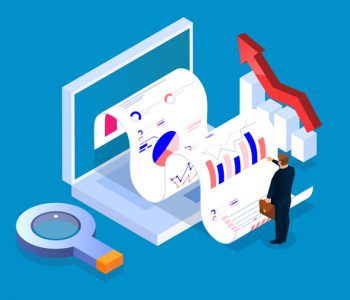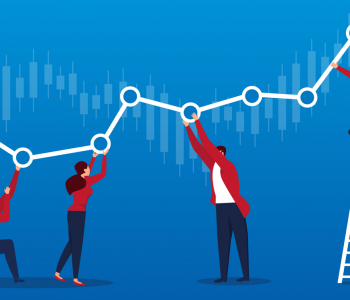 Technology & IT Procurement
Technology & IT Procurement The State of Cybersecurity: 3 Bold Plays for Change
In March 2018, the city of Atlanta suffered a ransomware attack that compromised the data of their employees and anyone who conducted business with the state and ended costing $2.6 million in emergency contract efforts[1]. When Louisiana was attacked in November of 2019, 10% of the state’s servers were infiltrated and some 1,500 computers were damaged. These examples demonstrate cybersecurity should be a top priority for procurement officers to protect the sensitive information of both vendors and staff. Understanding the issues and goals of your state Chief Information Security Officer (CISO) can pave the road toward a more productive working relationship and allow procurement officers to address increasing cybersecurity threats as partners.
Read more “The State of Cybersecurity: 3 Bold Plays for Change”

